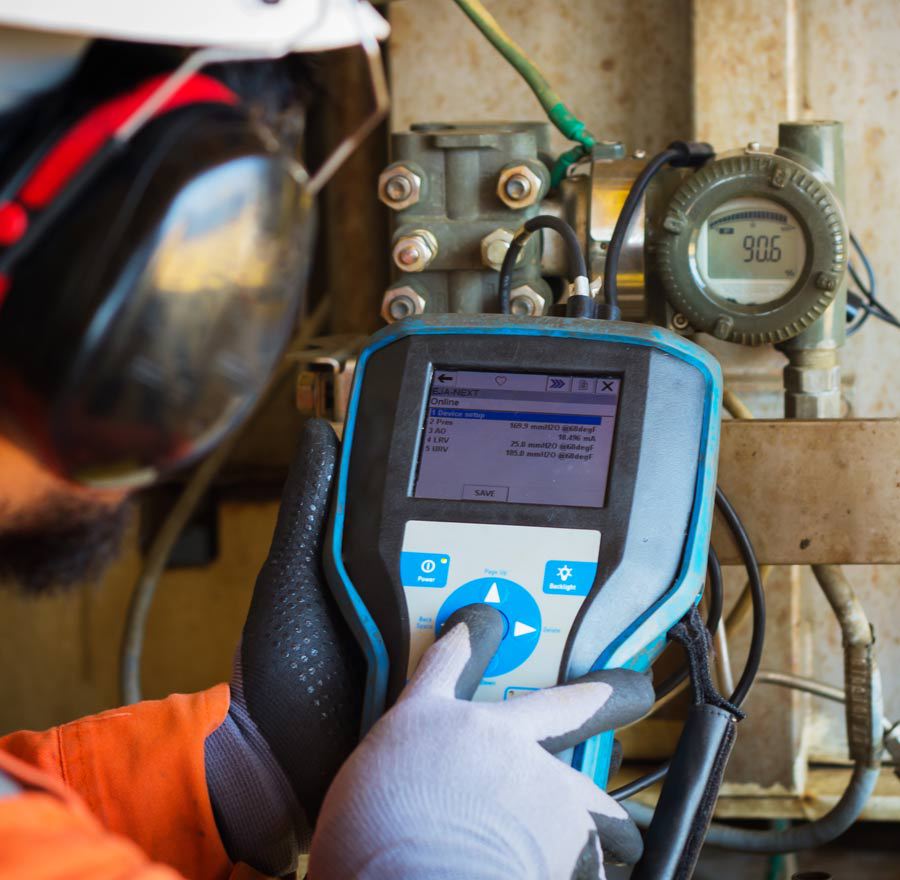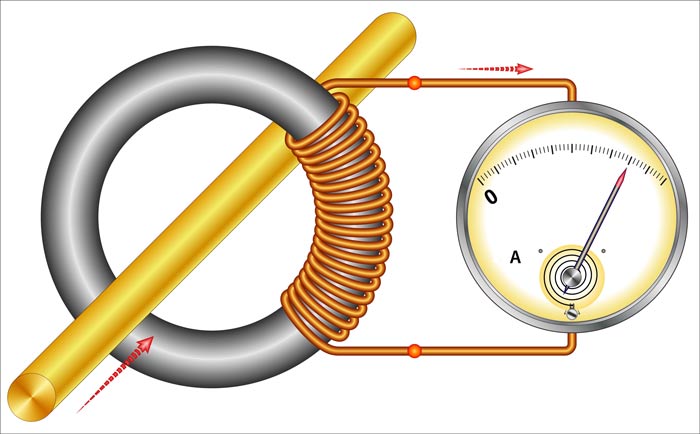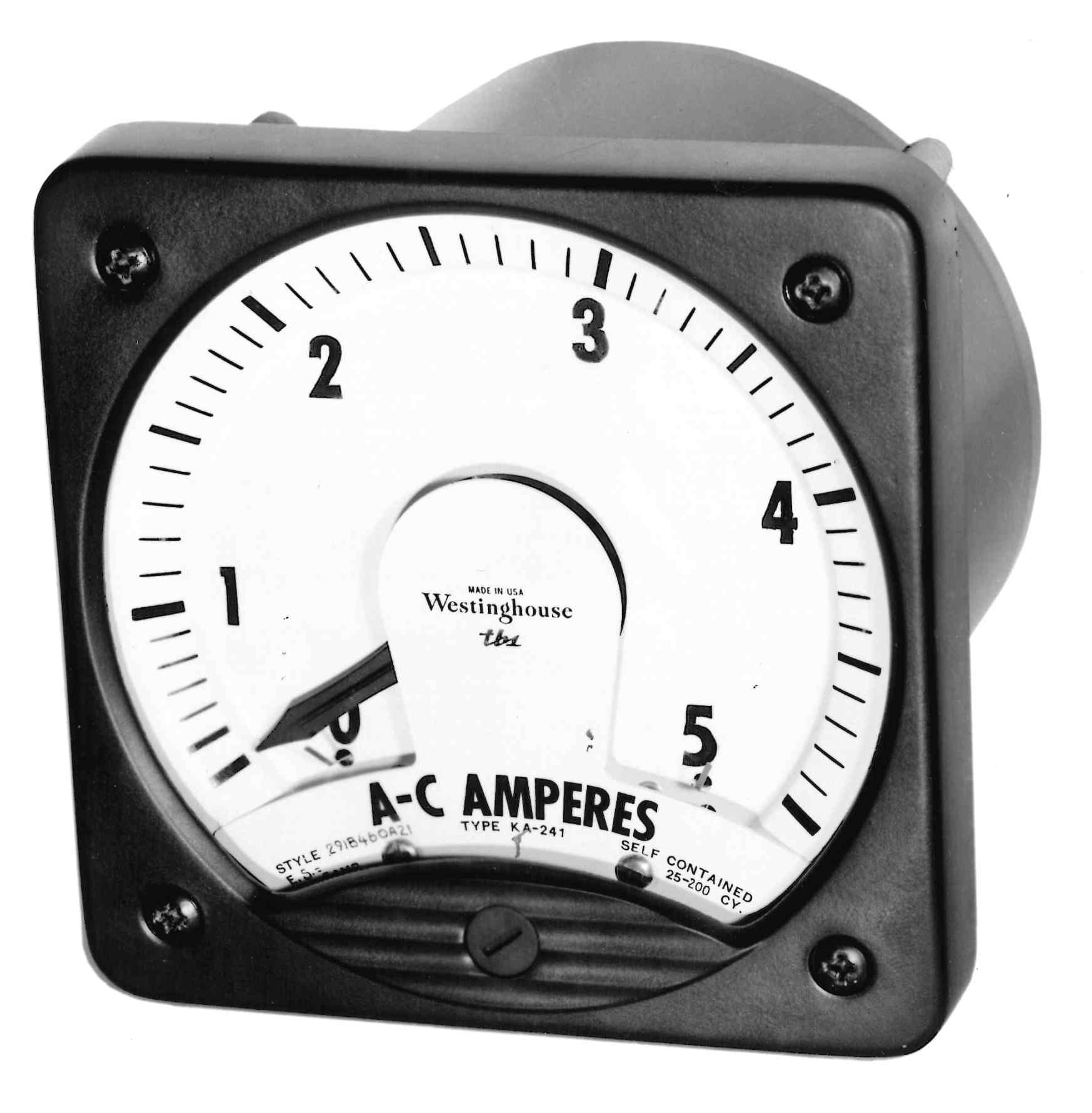Process calibrators are handheld, battery-powered instruments used for field testing and calibration of industrial process equipment. The typical calibrator has a one or two-parameter digital display, function switch and up/down buttons for output level adjustment. Some models have a dial knob for level adjustment, which many users say is quicker to adjust. (more...)





